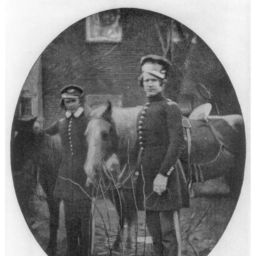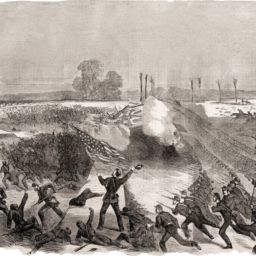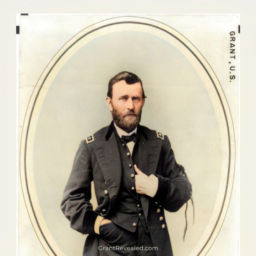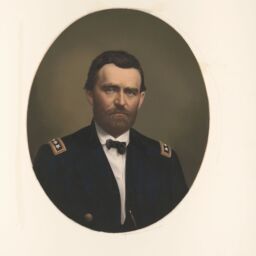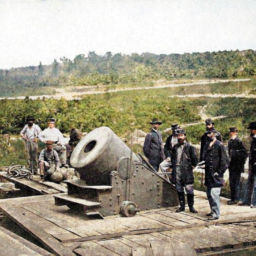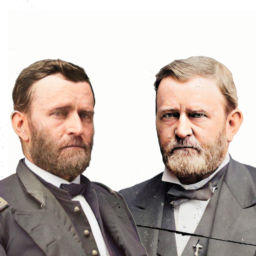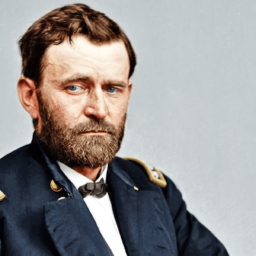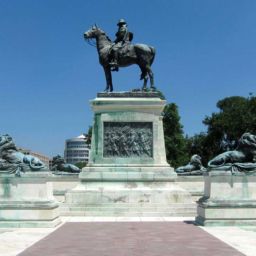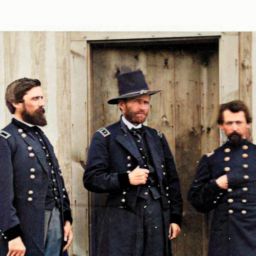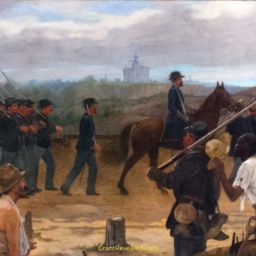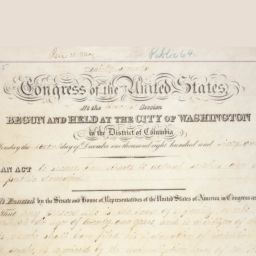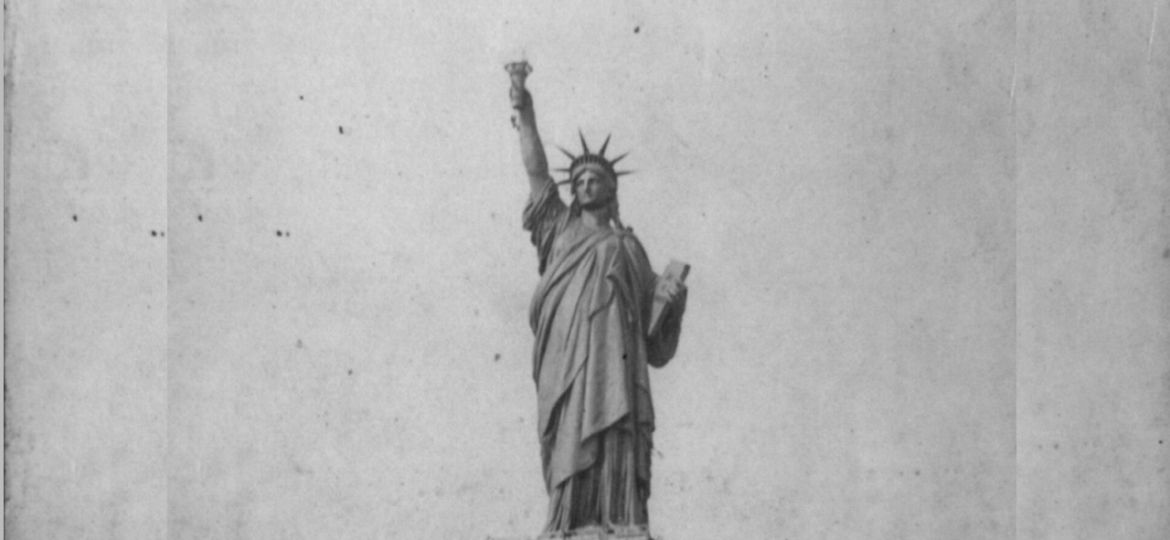
Mount McGregor & New York City Harbor. On June 17, 1885, Ulysses S. Grant spent his first full day at the Upstate New York cottage availed to him by his friend, the banker and philanthropist (and ardent Republican) Joseph W. Drexel.
As Louis L. Picone points out in his book Grant’s Tomb: The Epic Death of Ulysses S. Grant and the Making of an American Pantheon, on that same day, Wednesday, June 17, “two hundred miles south but a world away, a disassembled Statue of Liberty arrived from France in New York City harbor.” (36)
By this time, the world knew the answer to the question of 25 years prior: Will this new thing called the United States, this experiment in Constitutional, democratic self-government, survive fratricidal war?
The world was taking note of the new United States that Abraham Lincoln and Ulysses S. Grant helped create.
Lincoln’s contributions to the new America are well known. They include the Emancipation Proclamation and his insistence that the Union of the states was perpetual. Less appreciated are Grant’s contributions beyond his military victory securing the cause of Union and the abolition of slaves.
But there was more than Appomattox to be considered. While Grant was president (1869-1877), the 15th Amendment to the United States Constitution was ratified, guaranteeing the right to vote for all adult American men including former slaves (freedmen). Also, the Enforcement Act (or Civil Rights Act or “Ku Klux Klan Act”) of 1871 was passed at Grant’s insistence. It allowed him to use the U.S. military, the new Department of Justice, and federal judges to combat intimidation and violence against Blacks in the South.
As President, Grant appointed a record number of Native, Jewish, and African Americans to government positions, including Ely Parker, the first Native American appointed to a presidential cabinet position.
Also, critical to America’s standing abroad, President Grant trimmed the national debt and saw the nation’s trade balance go from deficit to surplus (Chernow 851). After the Civil War, the U.S. government carried an enormous financial debt, but Grant showed that the government could make good on its pledges to repay debt, which restored America’s credit and helped secure foreign capital needed for America’s modernization and expansion (727).
Now from France came the gift of a colossal, copper statue Liberty Enlightening the World. Not Liberty Enlightening North America, or Europe, but the World. Even if one would consider France’s motivations to have been utterly self-interested, that the statue stood as metallic flattery to make Americans like France more, the gift still speaks to the fact that America mattered and the fact would not be hidden. It reflected an aspirational perspective beyond France’s.
At the feet of Lady Liberty are a broken shackle and a chain that she is stepping away from, thus a feature of the statue that many observers miss: she is in motion. Those are the shackles not just of metaphorical enslavement of people abroad earning for greater freedom, but literal shackles as instruments of America’s chattel slavery past. Among the statue’s messages is this: American liberty now burns brighter because of, and must forevermore involve, the nation striding in the direction that Lincoln and Grant set it on, forward as a multiracial democracy.
Image: Completing the torch, Statue of Liberty, c. 1886, photograph from black & white film copy negative, Library of Congress, https://www.loc.gov/pictures/item/2002716182/.
SOURCES
Picone, Louis L. Grant’s Tomb: The Epic Death of Ulysses S. Grant and the Making of an American Pantheon. New York: Arcade Publishing, 2021. Kindle.




